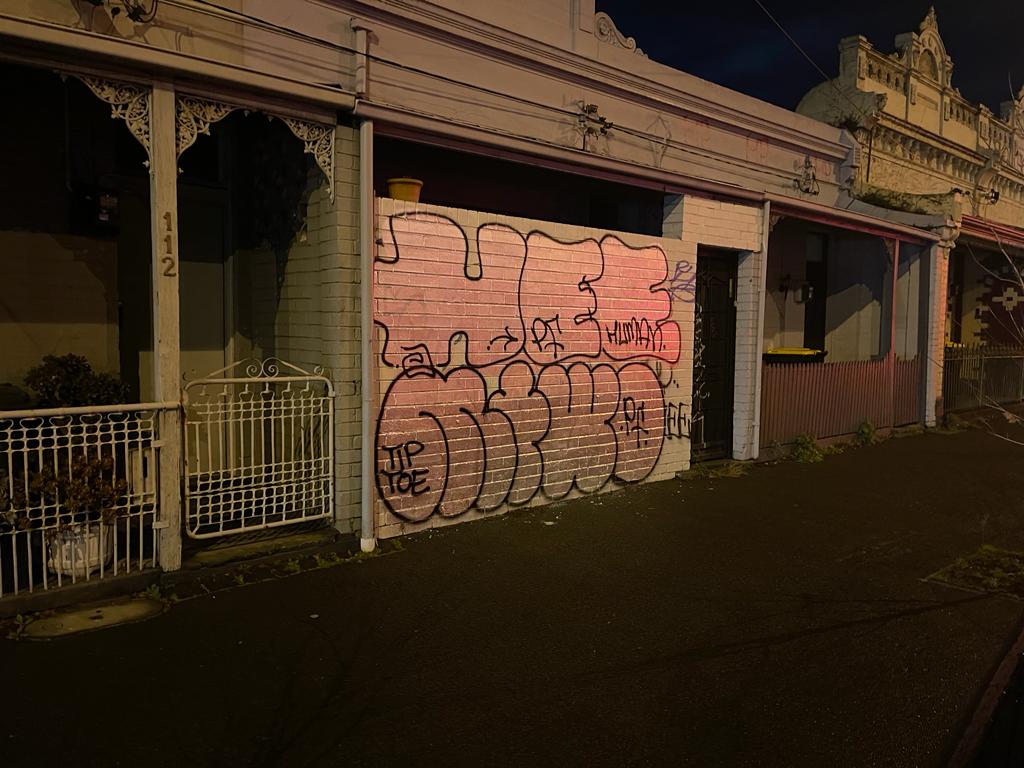

Late-stage capitalism (specifically public companies) are rather incompatible with singleplayer or “one-off” games that don’t have a long revenue tail of a live season or multiple DLCs/expansions. That really sucks for the whole games industry, players and developers alike.




Piracy is a service problem.